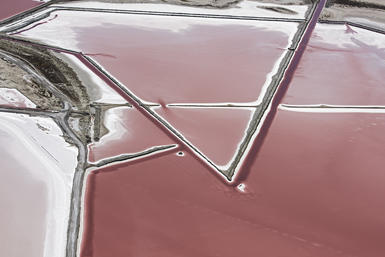Grids
This post is about making grids of my photographs.
In the 90's in photography it was becoming possible to do things that either were impossible before or very difficult. I could make an enlarged contact sheet in darkroom analog days, and I did, but it was hard to do well and the shooting discipline was acute for one blown frame in a roll of 36 exposures could ruin the whole concept.The key then was that I already had an 8 x 10 enlarger so a whole roll of 36 exposure negatives of 35 mm film could fit up there in the negative stage and be projected down onto a big piece of photo paper. Same was true for a roll of 120 mm film.
I grew to believe this was a viable creative approach. This wasn't breaking new ground particularly as many had done this before me but I felt I could make a contribution to what others done and lend my own voice. When things began to switch over to digital I could scan, move things around, resequence and even shoot many rolls of film to end up with something that looked like it was from one roll. This was before the days of being able to shoot digitally. At the time I could compile a roll of 120mm film from several rolls into a single grid of squares. I thought the rewards were worth the effort.
 Middletown, RI
Middletown, RI
By 2002 or 2003, inkjet printers were getting better so it was possible to realize these as large prints, 48 x 40 inches or so.
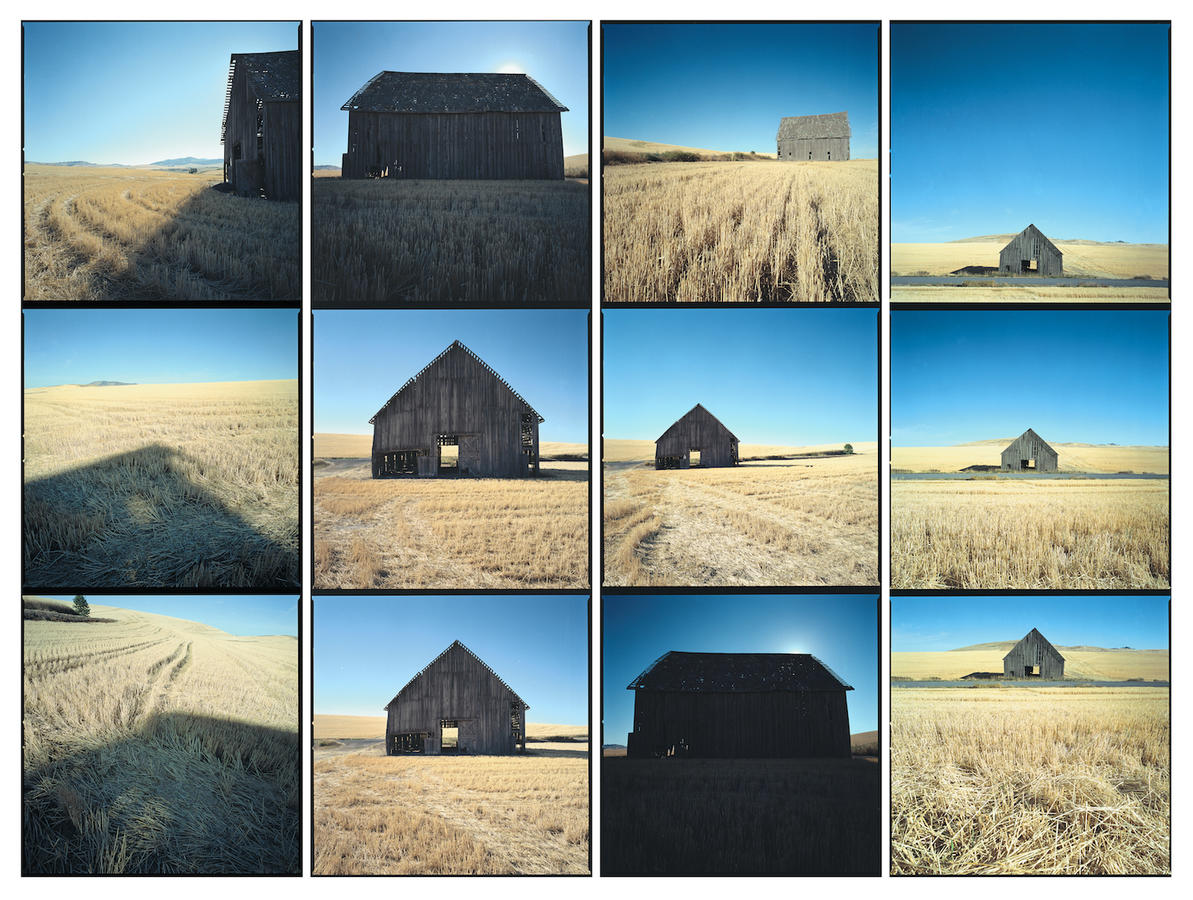 Barn, Moscow, Idaho
Barn, Moscow, Idaho
What was this about, this putting together of frames to make a grid or mosaic? Why'd I do it? This is a little difficult for me to explain in a clear way. Very much like the series work I believed there was an underlying need to show more, to explain more, to encompass a whole or at least "my" whole of a place or an area. I believed there was a story to tell, a concept to show. And this form of presentation had me thinking differently. The whole roll, or the idea, was right out in front. No turning pages or flipping prints to see them in sequence. Not a story to tell in a conventional way at all. One of my early problems was that I wanted the viewer to read these grids in the sequence I'd set them up in, from upper left to lower right. But I could no less prescribe that than any other reading of my work.
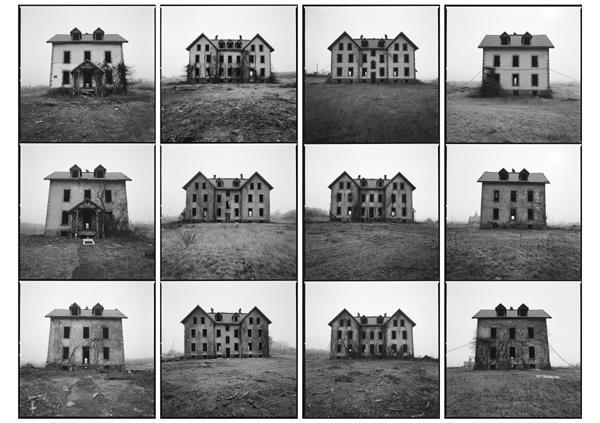 Sockanosset School for Boys, Cranston, RI (print is 54 x 41 inches)
Sockanosset School for Boys, Cranston, RI (print is 54 x 41 inches)
I learned to let go of that overcontrolling definition of the work and to enjoy them as a whole. What helped me with that was to see these photographs through others' eyes. They would roam around them and make their own connections, not necessarily the connections I had made.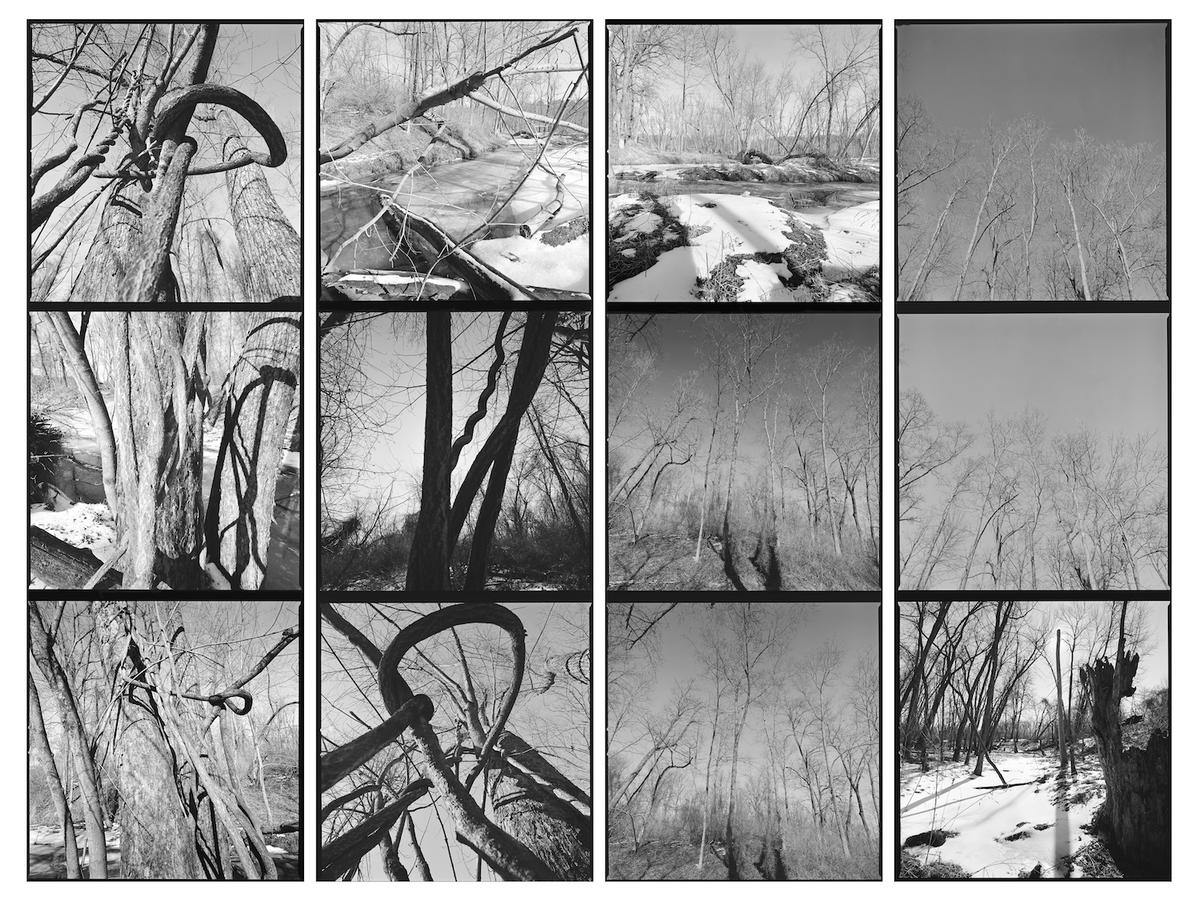
What I loved was the relationships that were made from the right, to the left to the top and to the bottom. All sorts of wonderful connections and accidents would happen. Or these large pieces would end up as puzzles to unravel as in the Sockanosset grid.
I made them in 35mm too. 35 was never a major format for me, but much of my work in black and white infrared from the 70's and 80's was made that way, and it seemed natural to expand some of those rolls into enlarged contact sheets:
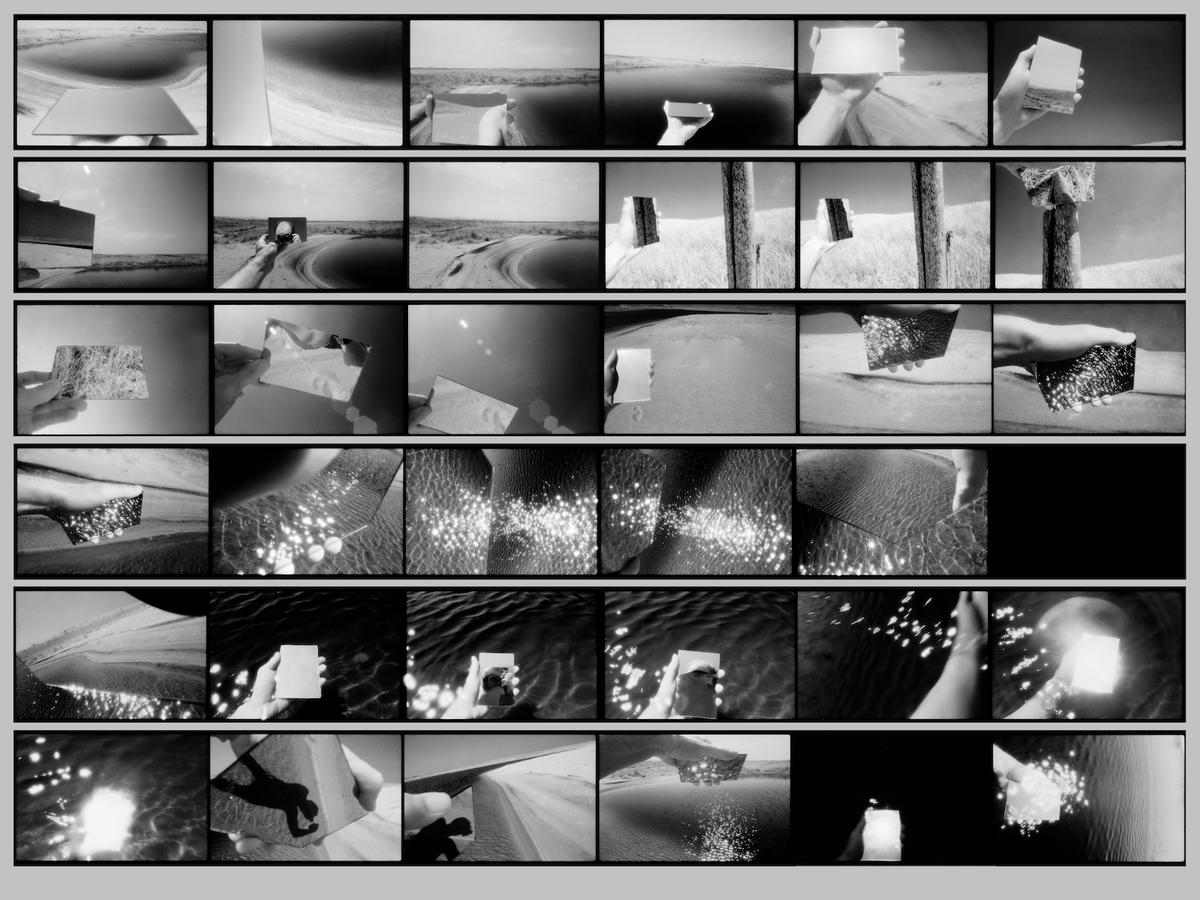
I shot this roll in the summer, 1974. It was on the island of Chappaquidick at a place called Cape Pogue, off of Martha's Vineyard. I held the camera in my right hand and a small framelesss mirror in my left. This was really just playing with light. I made the print 30 years later. The final framed piece is five feet across.
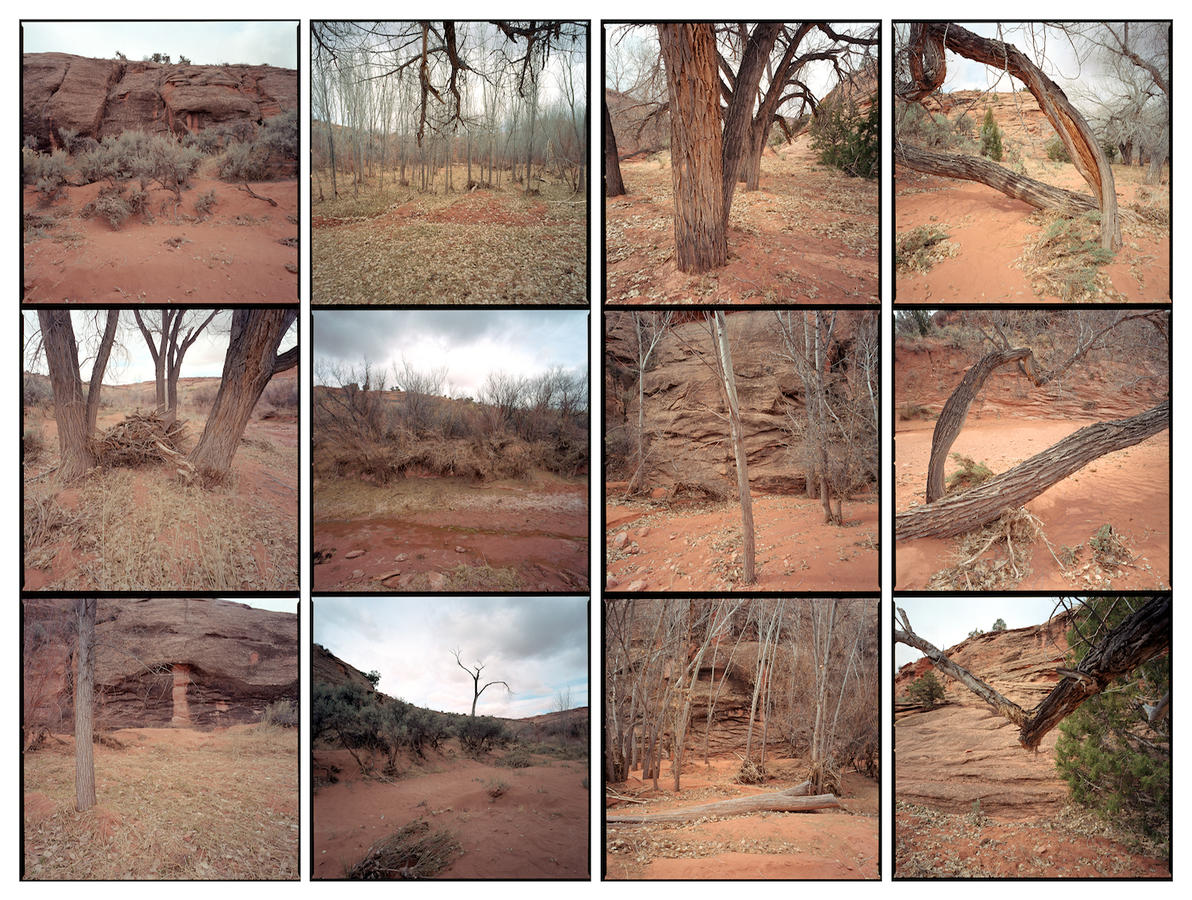 This ones's called Red Wash, Utah.
This ones's called Red Wash, Utah.
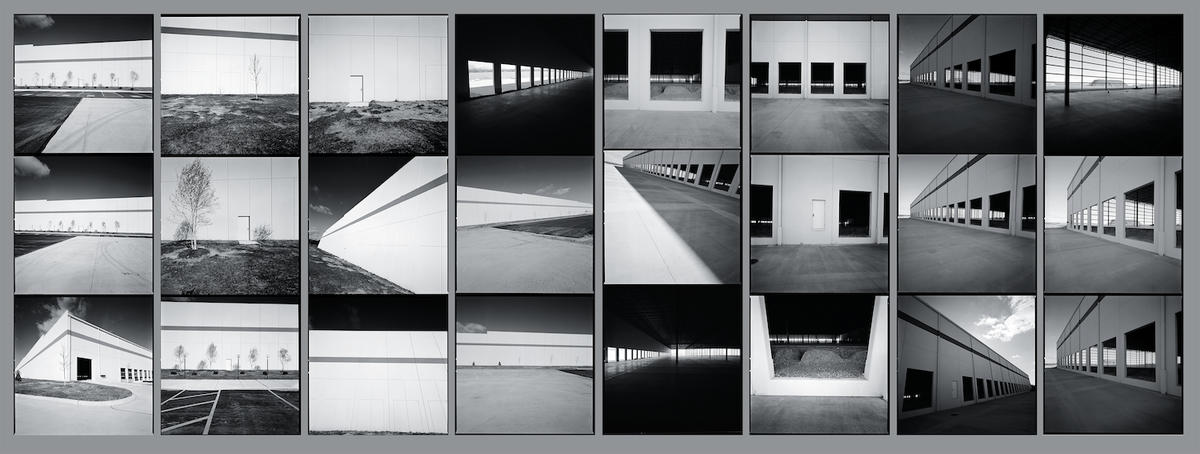 A warehouse under construction in Pennsylvania.
A warehouse under construction in Pennsylvania.

Migrant Worker's Shacks in California
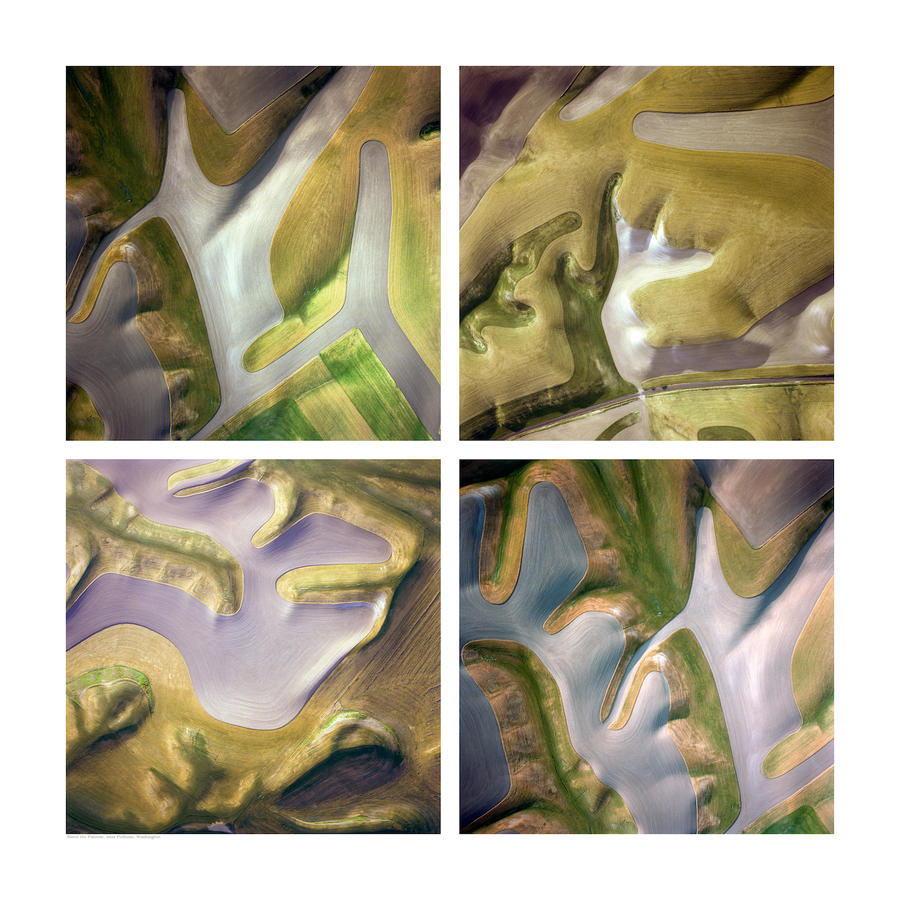 Aerials from Washington
Aerials from Washington
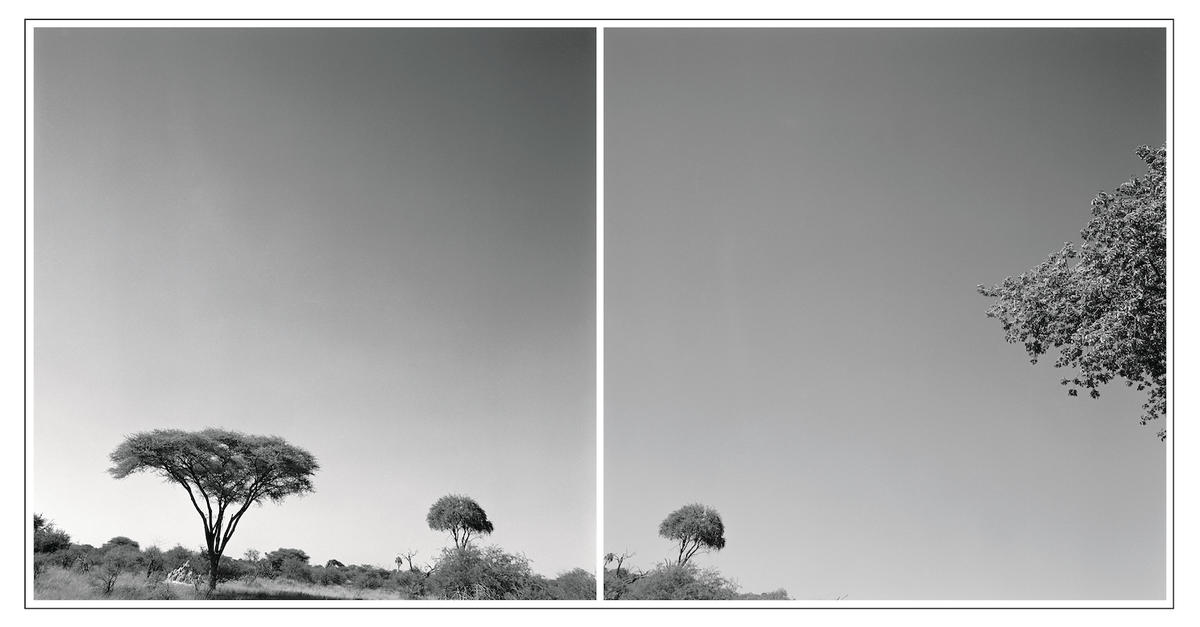
This last one from Botswana, Africa.
There are countless others.
Hypothetical: there you are, camera in hand. What have you just shot? What will come after this frame? If you're shooting a grid with 12 pictures in it, what will you shoot in the fourth frame to put it to the right of the first frame? Will the wires in that one connect to the wires in this one? What about the distance? Have you been drifting closer or farther way as you photograph? Is the light changing? Does it matter? This gets mind bogglingly complex very fast.
Am I still making them? Sometimes. It's definitely in my toolbox of approaches I like and feel I've used with good result in the past. These days with a RIP like Image Print (which I use) I can get the files shot ready to print and just click and drag them into place on the page. What I wouldn't have given to have that process when I was taping strips of six frame 35 mm film to a glass negative career in rows. What a pain that was.You may have noticed that the ones here are all showing grids made from photographs that came from film, the negatives being scanned and then inkjet printed. Have I been making grids from subjects shot digitally? Not so much. But I have been making diptychs and triptychs using the same premise.
Like so:
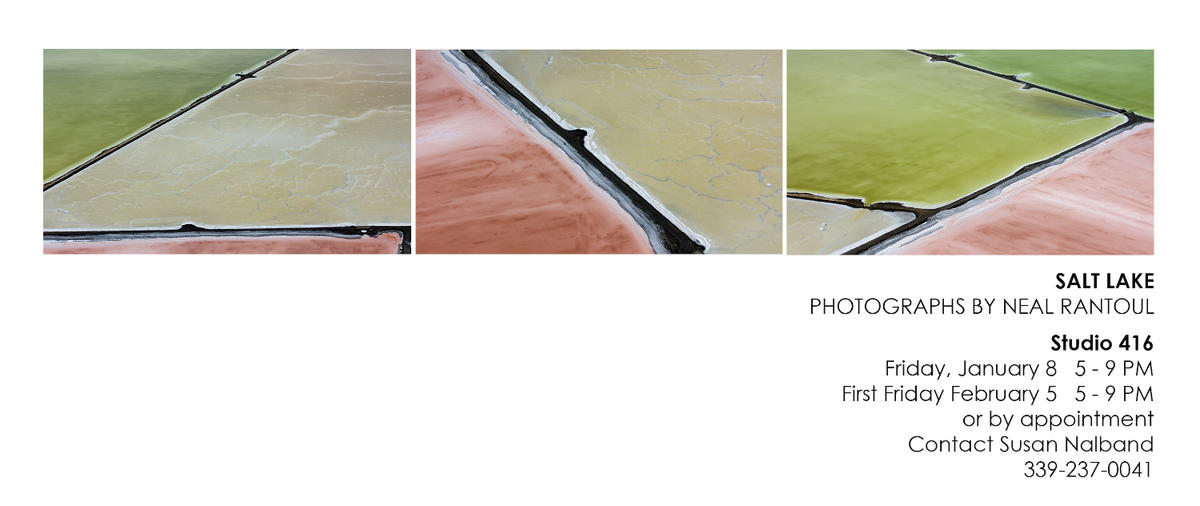
Grids.
